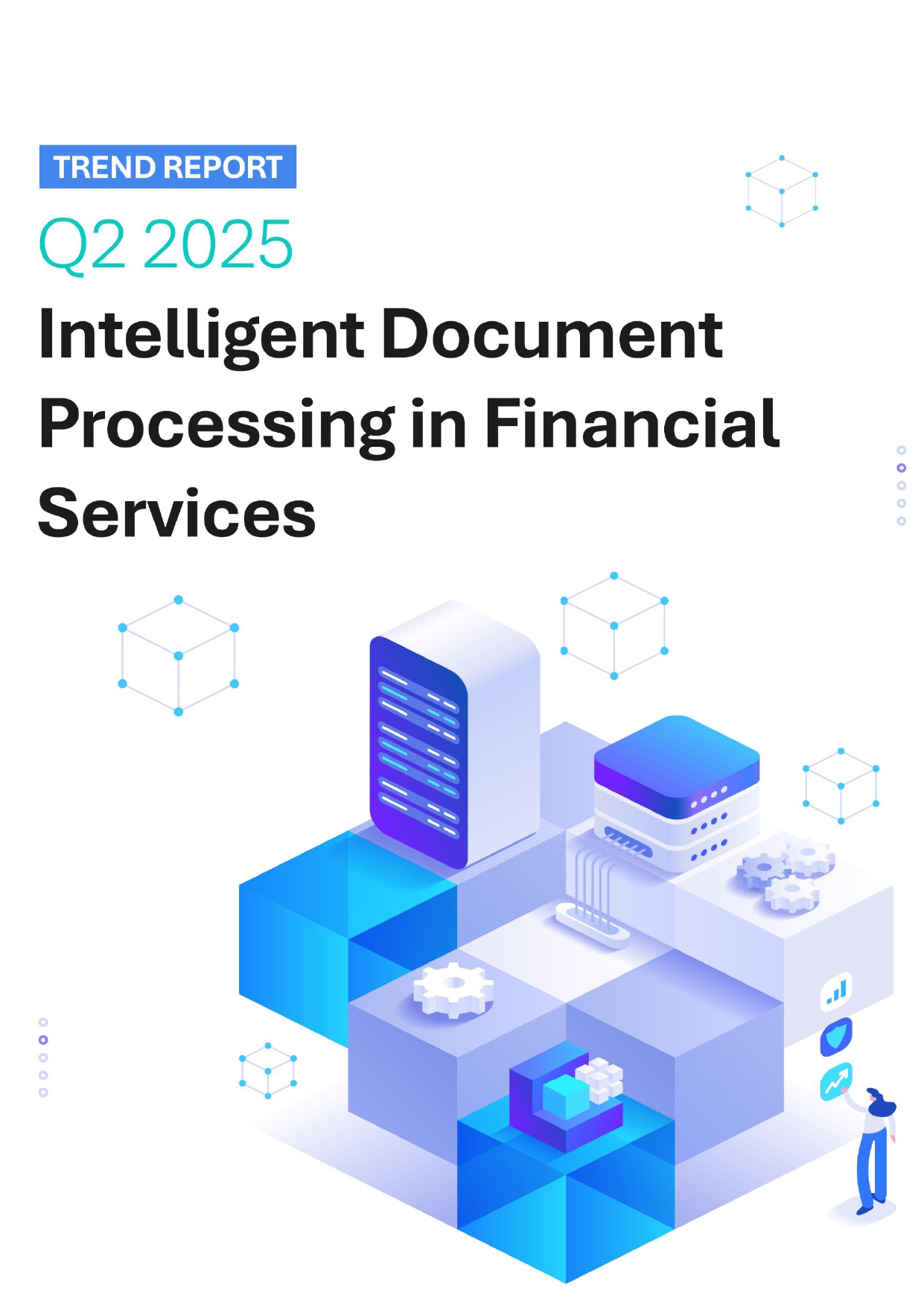 Back
Back
Risk professionals have missed the innovation train – but it is not too late to get on board

Remember Blockbuster? Woolworths? HMV? Comet?
These brands – once household names – are now a distant memory. But they do lead us to think about what lessons we can learn from their demise. Ultimately, if businesses do not adapt to new technology, they run the risk of falling behind the times, and eventually, failing.
It seems that across almost all sectors, there is a push to innovate. Yet credit and risk professionals continue to rely on traditional techniques, largely ignoring a key tool that could see the revolution of the marketplace – machine learning.
Machine learning is one of the top buzz words being used at the moment – but what does it mean? It is a form of artificial intelligence (AI) that can learn from data, identify patterns and make decisions with minimal human intervention. Once these patterns have been found, they can be used to make predictions and solve a range of data-related problems.
And for risk professionals, this can offer a wealth of benefits – including ensuring regulatory compliance and enabling transparency with data usage. So, it is time to ask firstly, why it is not more prevalent in the sector? And secondly, what can we do to move towards a future where machine learning is at the centre of financial decision-making.
Why now?
Talk about AI and machine learning started a long time ago, but momentum has picked up in recent years, and businesses have started to not just talk about the technology but actually implement it too.
The reason for this is simple – availability. The sheer amount of quality data and computer power we have available, combined with modern technology and the approval from regulators around the world make it easier than ever to use machine learning to make more informed decisions on lending or credit.
Late to the party
The downside of machine learning is that credit and risk professionals are already late to the party as other industries, such as fintech, marketing and transportation have already adopted this technology.
However, this should by no means deter the credit and risk sector from starting to use it. In fact, it is even more critical that they get to grips with machine learning or they could be left behind. As an article in the Harvard Business Review summarises ‘AI won’t replace managers, but managers who use AI will replace those who don’t.’
Fear of the unknown
Due to the handling of consumer finance, trust and reliability are crucial for the credit and risk sector meaning that adopting new technology is often viewed as an uncalculated risk that many are unwilling to take. This puts the sector at a disadvantage in relation to others, such as retail and customer service which are historically more open to trialling new techniques.
Fraud professionals may trust the tried and tested traditional systems that alert them to a potentially fraudulent application, more than machine learning. Or risk analysts for creditors may be hesitant to allow machine learning to make important financial decisions instead of specialists (or pre-existing trusted algorithms).
Despite reservations, the time has come to move past this scepticism and embrace the fact that machine learning already surrounds us in every branch of society. Alexa uses machine learning to collect data and then provide a tailored service to your preferences, Uber uses algorithms to determine arrival times and pick-up locations, and Netflix uses machine learning as part of their recommendation engine. Machine learning is everywhere, and credit and risk professionals need to innovate before it’s too late.
Better decisions, better lending
As regulators begin to shift the parameters that lenders and financial institutions work within, it is important that credit and risk professionals are performing at the top of their game – and machine learning can help.
In fact, at Callcredit we ran a year-long machine learning trial to help highlight the potentially positive benefits of the predictive accuracy that machine learning can offer. The results of the study were very encouraging and point to potential financial benefits for adopters of the technology in the credit, fraud and insurance arenas.
In one modelled scenario, the level of default in a portfolio of 60,000 credit cards was reduced significantly, resulting in a 10 per cent decrease in overall bad debt. If used with other elements of the customer lifecycle, potential machine learning generated benefits could be even greater.
As the benefits of machine learning become evident and transparency becomes a main focus for the sector, machine learning can be used by lenders as a new way to explain lending decisions and to demonstrate that the data going in backs up the eventual decision that comes out. Machine learning can support lenders by analysing huge amounts of data and by doing so, it can discover relationships that have previously been hard or impossible to see, prior to making a decision. The lender can then use the machine’s output to justify its decision to a regulator or a consumer.
Businesses can either embrace the innovation that technology brings, or risk being left behind by it. Many industries are improving their efficiency and performance by using smarter technology and it will only be a matter of time before machine learning will be the norm rather than the exception. It is time for credit and risk professionals to get on board and harness this technology to make better decisions for better lending today.
By Mark Davison, Chief Data Officer, Callcredit Information Group
IBSi News
Get the IBSi FinTech Journal India Edition
- Insightful Financial Technology News Analysis
- Leadership Interviews from the Indian FinTech Ecosystem
- Expert Perspectives from the Executive Team
- Snapshots of Industry Deals, Events & Insights
- An India FinTech Case Study
- Monthly issues of the iconic global IBSi FinTech Journal
- Attend a webinar hosted by the magazine once during your subscription period
₹200 ₹99*/month
* Discounted Offer for a Limited Period on a 12-month Subscription
IBSi FinTech Journal

- Most trusted FinTech journal since 1991
- Digital monthly issue
- 60+ pages of research, analysis, interviews, opinions, and rankings
- Global coverage
Other Related Blogs
Related Reports

Sales League Table Report 2025
Know More
Global Digital Banking Vendor & Landscape Report Q2 2025
Know More
NextGen WealthTech: The Trends To Shape The Future Q4 2023
Know More
Intelligent Document Processing in Financial Services Q2 2025
Know More

